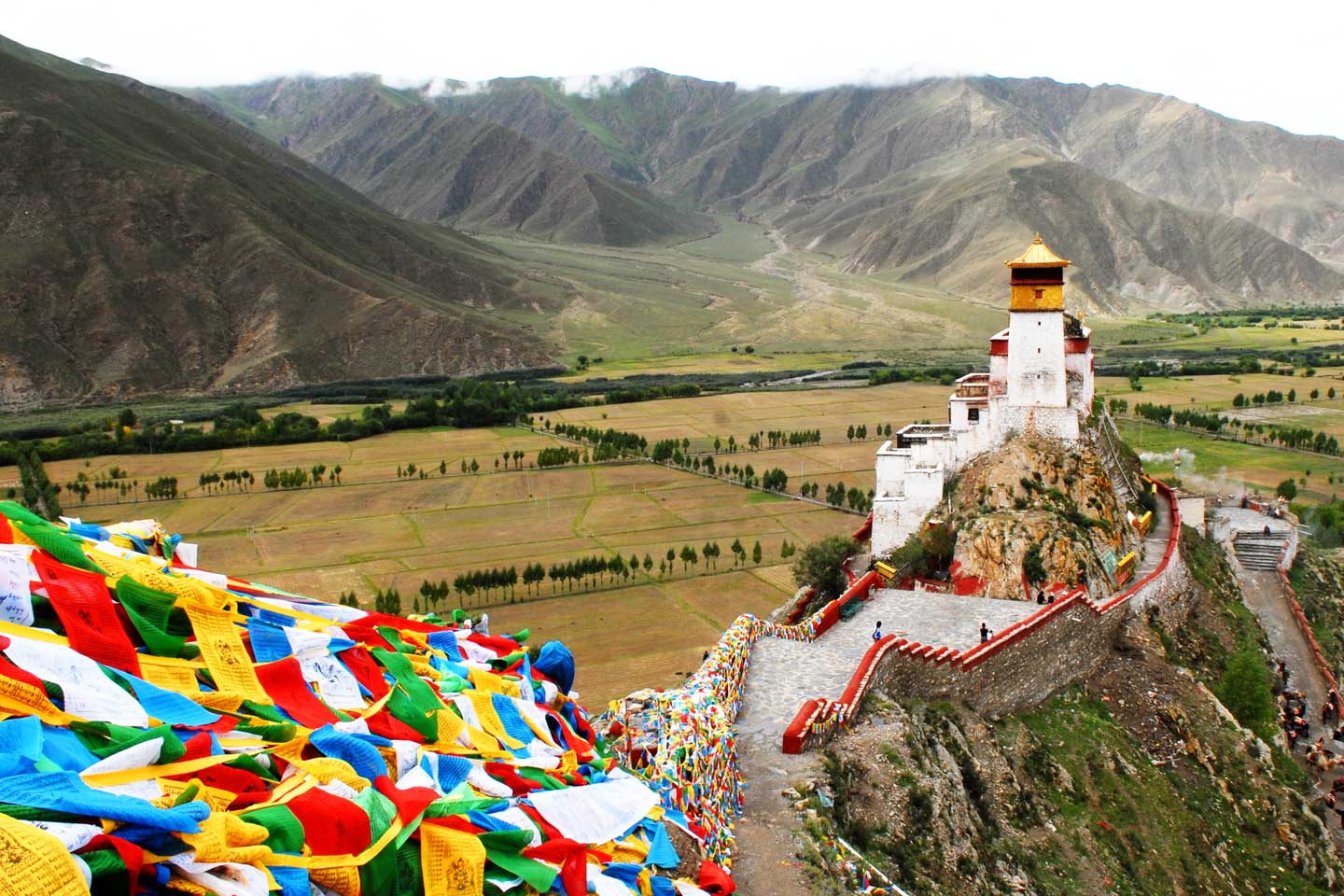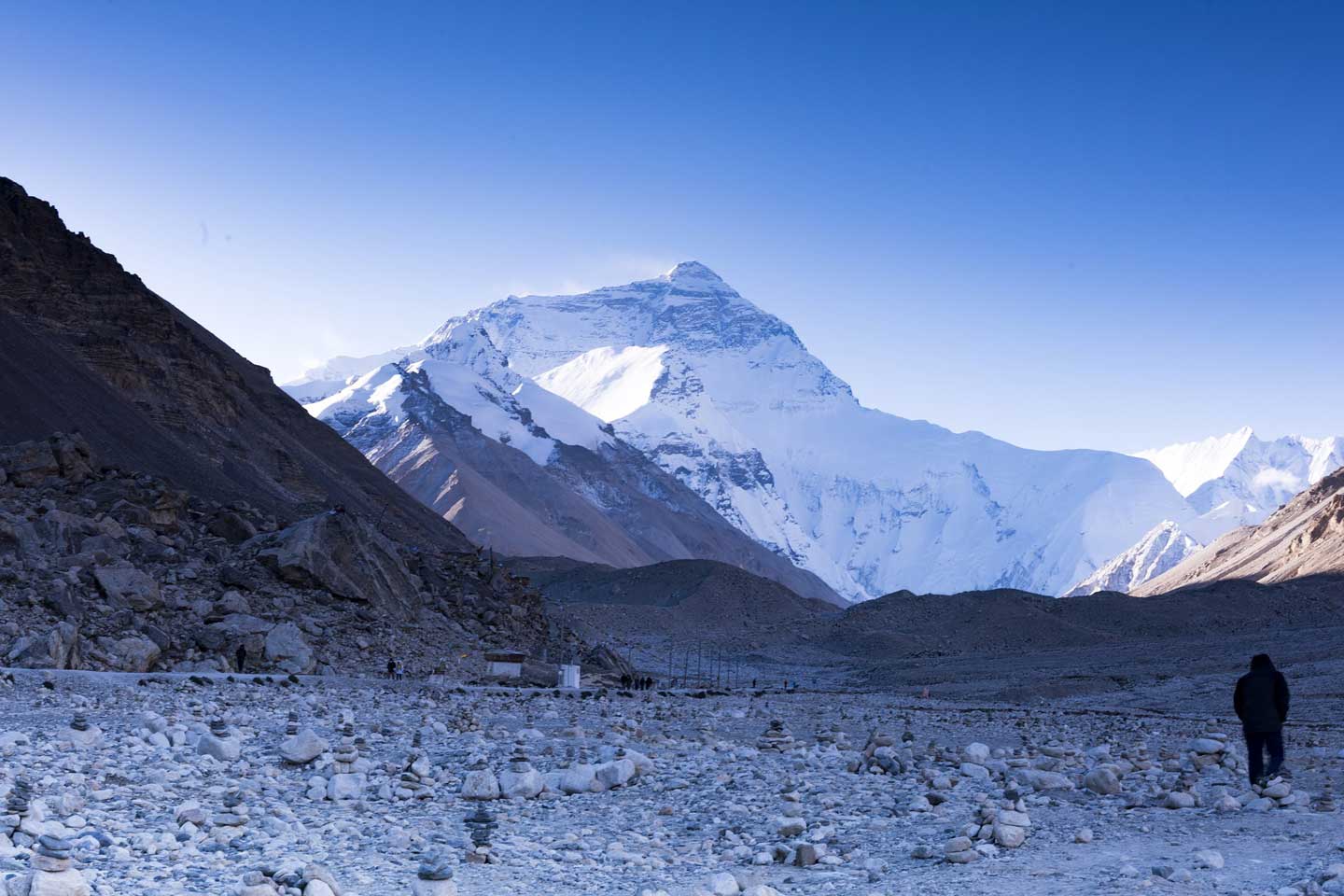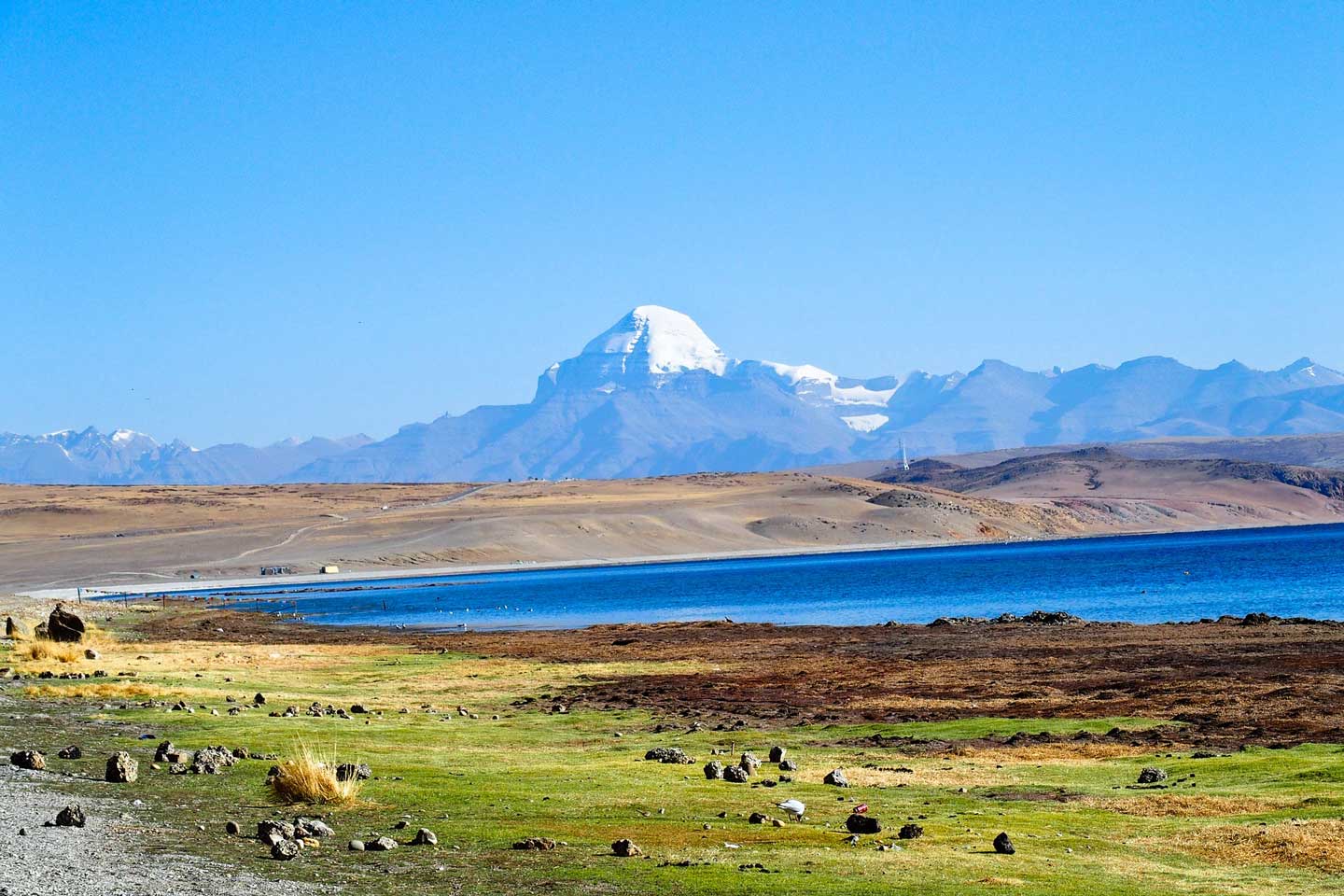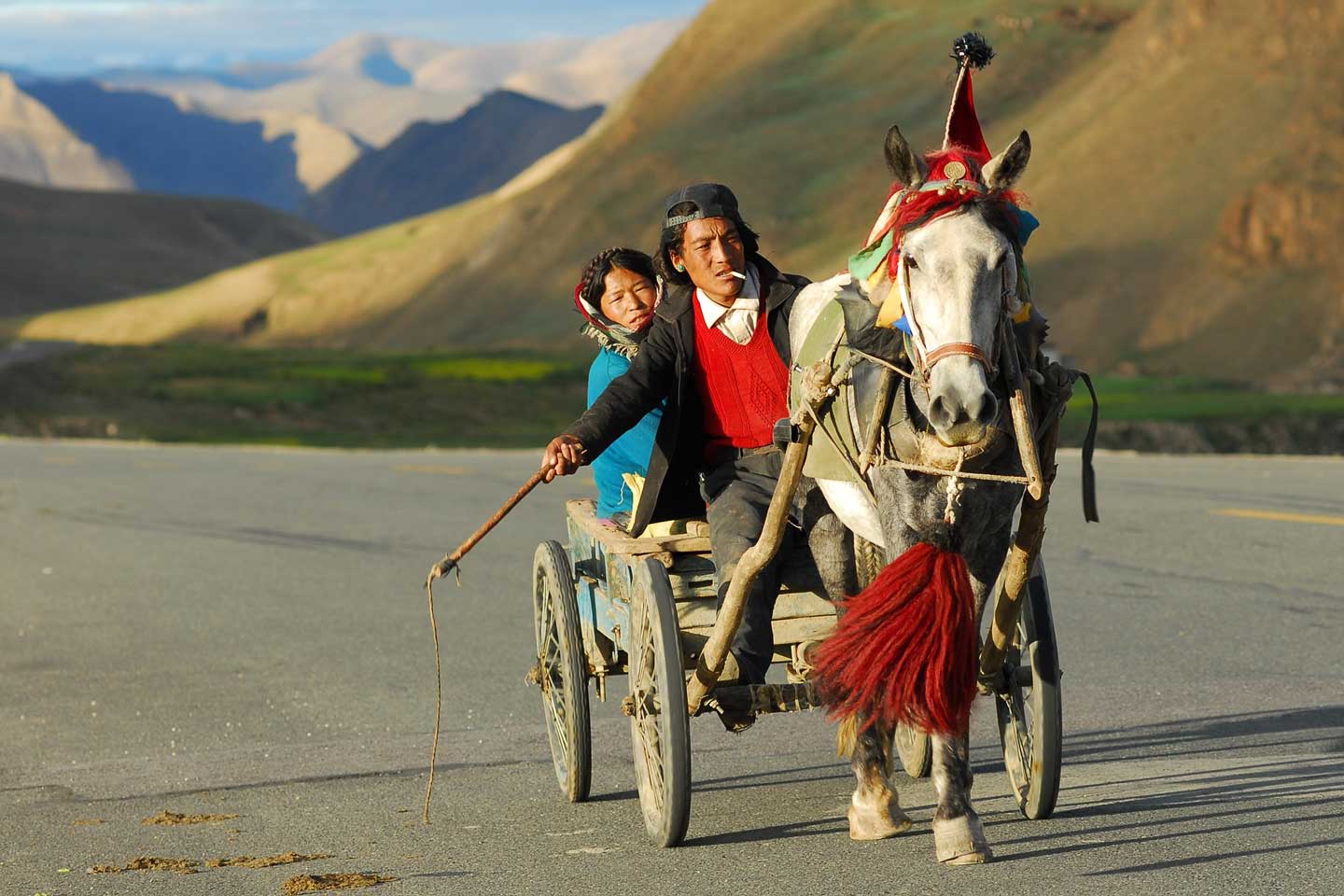Disclaimer: This guest post is written and sponsored by Tibet Travel Org
Traveling to Tibet can be done at almost any time of year, with the exception of late-February and the entire of March, when the region is closed to tourism for foreign visitors.
When to start the Tibet Tours depends on many things, not least your own personal preference of when to visit. Some people prefer to travel in the summer, at the peak of the tourist season, as they want better weather and hotter temperatures.
Others prefer to travel during the quieter times in the shoulder months and winter season when there are fewer people and discounted rates. One can also take into consideration the weather during the different seasons of the year as well as the cost of the tour.
To give you an idea of when you can visit for the best options, there are a few things you can think about to help you decide.
View Contents
Best Times to Visit Lhasa
Traveling to Lhasa can be done at any time of the year, from low season to high season, and it is always an amazing experience. As one of the highest cities in the world, and the highest capital city in the world at 3,656 meters above sea level, Lhasa is one of the most amazing places you can visit and is one of the most popular Tibet Tours in the region.
For many people, summer is the best time to visit Lhasa, as the weather is warmer and the oxygen content of the air is higher (due to higher barometric pressure during the summer months).
While there may be rain, it is intermittent and usually limited to late evenings and overnight rainfall.
Summer is also the best time for those who love to watch birds as there are many rare migratory birds that reside in the Lalu Wetlands and along the banks of the Lhasa River. They tend to spend the summer in Tibet, before heading South for the winter months.
Spring and autumn are also good times for travel to Lhasa, as there are less rain and milder weather. Temperatures are warm enough that you don’t need heavy jackets. Although it can get very cold at night, the difference in temperature from day to night is very high.
Below-freezing temperatures are often seen at night from April to May and October to November.
Winter can be a great time to visit Lhasa, as there are normally fewer tourists in the winter months, and it is really not as cold as many people think. The higher altitude and thinner atmosphere mean that the sunlight is warm during the day, though it can get very cold at night so bring warm sweaters and jackets.
With fewer tourists, it is easier to walk around the stunning monasteries such as Sera and Drepung, and the famous sites of the Potala Palace and Jokhang Temple.
✨The 1 Thing We Never Leave Home Without…✨

Coming from someone who has been traveling the world for the last 8 years AND has been in the hospital 2x, travel insurance is something everyone NEEDS to get. Get a quote below!
Best Time to Visit EBC in Tibet
From April to January, you can travel across the region to visit what is considered to be Tibet’s greatest tourist attraction, Mount Everest. Though you cannot get right up to the mountain itself (you can only go as far as the Everest Base Camp at 5,200 meters above sea level), the base camp is a great place from which to view the mountain’s famous peak.
Traveling to Everest is actually best done from April to early June and late September to the end of Oct., as this is the optimum time for viewing the summit of the great mountain and has the most favorable weather.
In the spring and autumn months, the skies are clear and bright, and the view of the peak is pretty spectacular, giving you the best opportunity for taking photos of the mountain. The winter months of December and January can also be used for traveling to Everest, and while it is winter, heavy snows that block the roads to the base camp are not as frequent as many people think.
Snow on the ground is highly likely, but the highways are good enough for it not to affect travel. The winter months are also some of the best times to get great photos of Mount Everest covered in snow. With the clearest skies, some of the best sunny days, and the fewer tourists, winter travel is definitely something worth considering.
Summer is not really a good time to visit Everest, as the rains that come with the monsoon, carried across the Himalayas from southeast India, bring with them cloud cover that often obscures the mountain’s high summit. Although every day isn’t cloudy, it is almost impossible to predict which days may be sunny or clear.
Related: Everest Base Camp Packing List
Best Time to Visit Mt. Kailash and Lake Manasarovar
One of the most popular reasons for visiting Mount Kailash and Lake Manasarovar is for the Kailash kora trek, which covers 52 kilometers around the base of the mountain. This visit to the sacred mountain is often done in conjunction with a trip to the lake just south of Mount Kailash, Lake Manasarovar, which is one of the Great Three holy lakes of Tibet.
Due to the high altitude of western Tibet, trekking the route around the mountain is a little limited, and is best done from May to June and September to October. These months usually have clear skies and warmer weather which is ideal for trekking.
From late October or early November, the small guesthouses in the region of Kailash and Manasarovar close for the winter, and there is nowhere to stay except in a tent, which is not a good idea in the height of winter.
Summer is also a great time for tourists to visit the area, as it is the site of huge pilgrimages for both Buddhists and Hindus. Thousands of pilgrims descend on the mountain and lake to pay homage to these sacred of sites and walk the kora routes around the mountain, before taking a dip in the lake.
Throughout July and August, while there is very little rain still, the kora routes and shores of the lake are very busy, and if you are keen to visit Mt. Kailash during its pilgrimage season, then do time your visit when Saga Dawa Festival is held around May or June each year.
Psst...Want in on a Secret? 🤫

We've scoured the internet for the best ALL-AROUND travel shoe and Tropicfeel wins by far. We've taken ours through rivers, jungles, and cities and they're still alive and kickin'. Check them out below.
Basic Knowledge for Deciding Your Tibet Travel Season
The high season for travel in Tibet is from April to Oct. The weather is dry with little rain, the land is fresh and new in the spring and lush from the summer rains throughout the autumn.
These are the best times for viewing and climbing the mountains, as there are very few clouds in the sky and bright sunshine across the entire region. Trekking is also best done in the spring and autumn, as the trails are dry and easy to follow, and there is little chance of rain dampening your spirits.
Do note that high season is also the time when travel into and around Tibet is at its most expensive. Train and flight tickets can be a lot more compared to low season, and everything from hotels to food is more expensive as there is a higher demand for it.
Autumn is also a beautiful time of year, as it is the time for the leaves on the trees to turn and fall. Green leaves turn to gold and red and orange as the autumn progresses, and slowly falls to cover the ground in a carpet of vibrant colors.
Summer is also a great time to experience the unique culture of Tibet, including the nomadic culture of the Tibetan herders and their yaks. In the summer, they can be seen across the high grasslands and plains, grazing their herds on the best pasture available.
However, if it is the views of mountains you are hoping for, then summer may not be the best time to visit, as the monsoon can bring in the clouds that obscure the high peaks of the mighty Himalayas.
The shoulder season in Tibet is from June to early Sept., which coincides with the monsoon season on the plateau in summer. While the region does have a monsoon season, there is actually very little rain that falls, with the bulk of the rains coming in July and August, and even then it is not much.
Most rain falls in the evenings and overnight in many parts of the plateau, which rarely interferes with a tour of the region. There are many sunny days in the monsoon months, and you will hardly notice the wet weather.
The low season in Tibet runs from December to mid-Feb. These two winter months are an ideal time of year to travel to Tibet if you are on a budget or looking for a cheaper tour. Costs are greatly reduced in hotels and restaurants, and the tickets for the flights and trains are much cheaper as well. It is also ideal if you are not into crowds, as there are usually few tourists around in the winter months and more chance of getting a good view of the temples and monasteries.
Fees for these sites are also reduced in the winter months, with a few places now allowing tourists in for free during the low season, to promote tourism in the winter months.
Whichever time you decide to travel, there is always something to see and do, and plenty of amazing and unique experiences to be had on the Roof of the World.